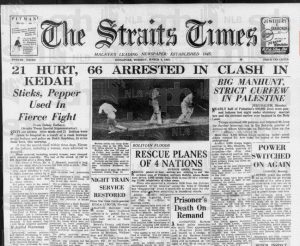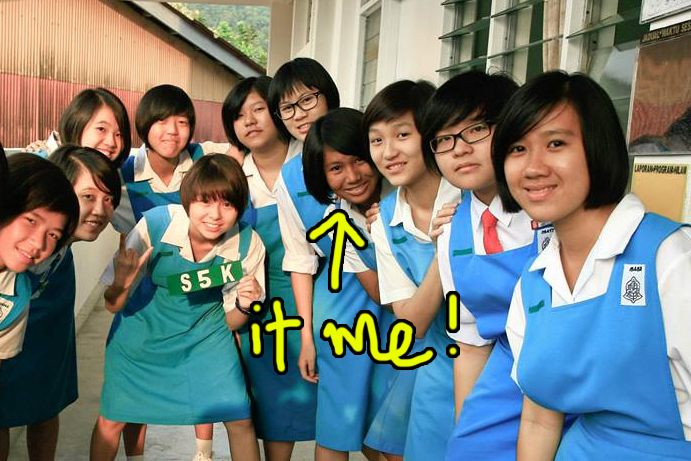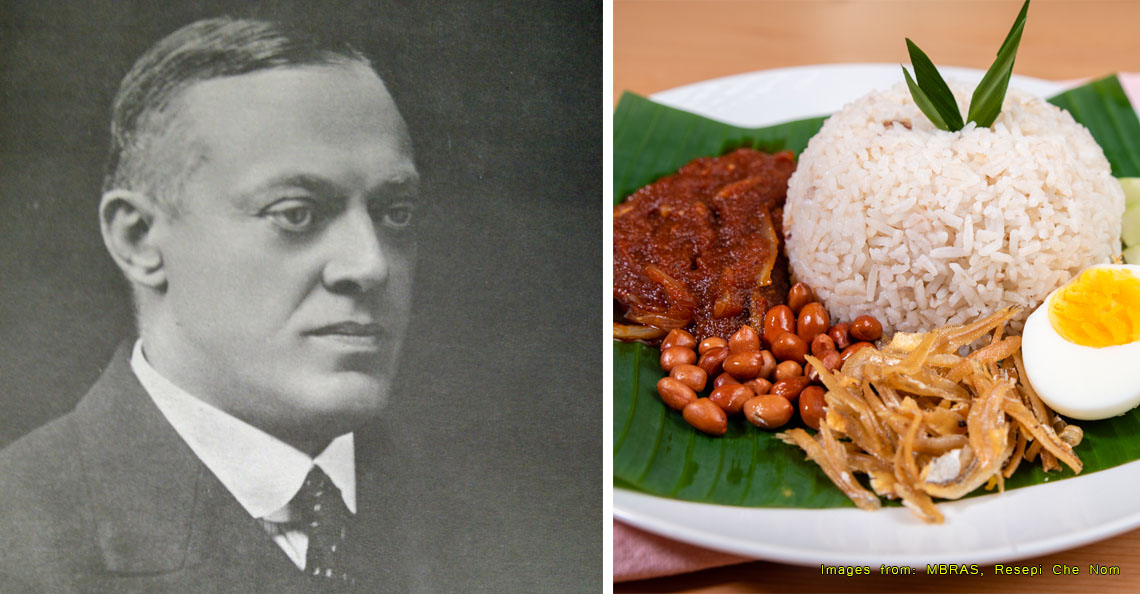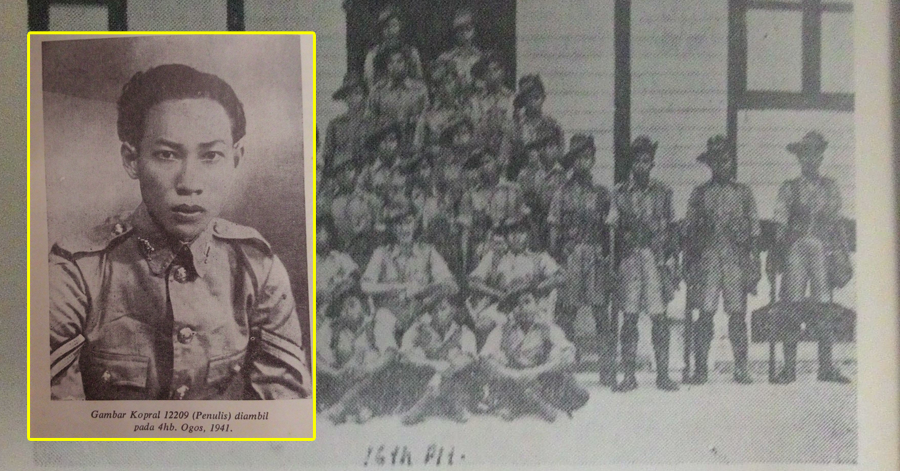M’sian Racial Stereotypes Actually Came From Our ‘White Saviours’
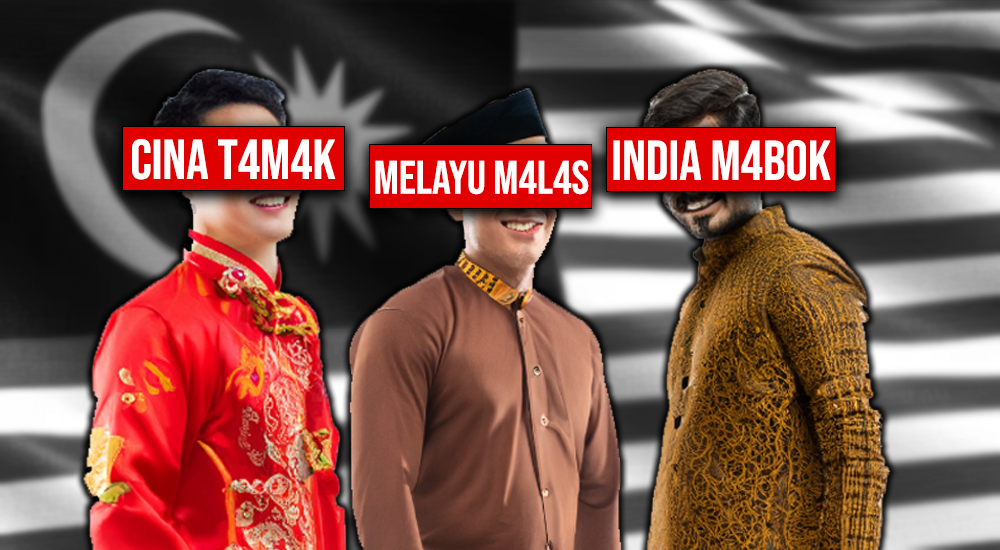
- 177Shares
- Facebook84
- Twitter10
- LinkedIn7
- Email13
- WhatsApp63
Melayu malas, India mabuk, Cina tamak. You’ve probably heard this before or even said it yourself. But that’s not entirely your fault. Since most of us grew up hearing these racial stereotypes being thrown around as casually as someone asking you to cedok nasi at dinner, you can’t help but feel like it’s okay to say. Plus, our politicians say the same thing all the time!
But where did these stereotypes actually come from? Takkan the “melting pot of Asia” was racist from the beginning? Well, it might surprise you to find out that actually… We were doomed from the start.
These stereotypes actually date all the way back to the 1800s when – you guessed it – the British had a chokehold on Malaysia. So, instead of calling each other slurs every time someone lights a mercun during the holidays, let’s take a look at how the gwai los got us into this mess.
Apa lagi Cina mahu?
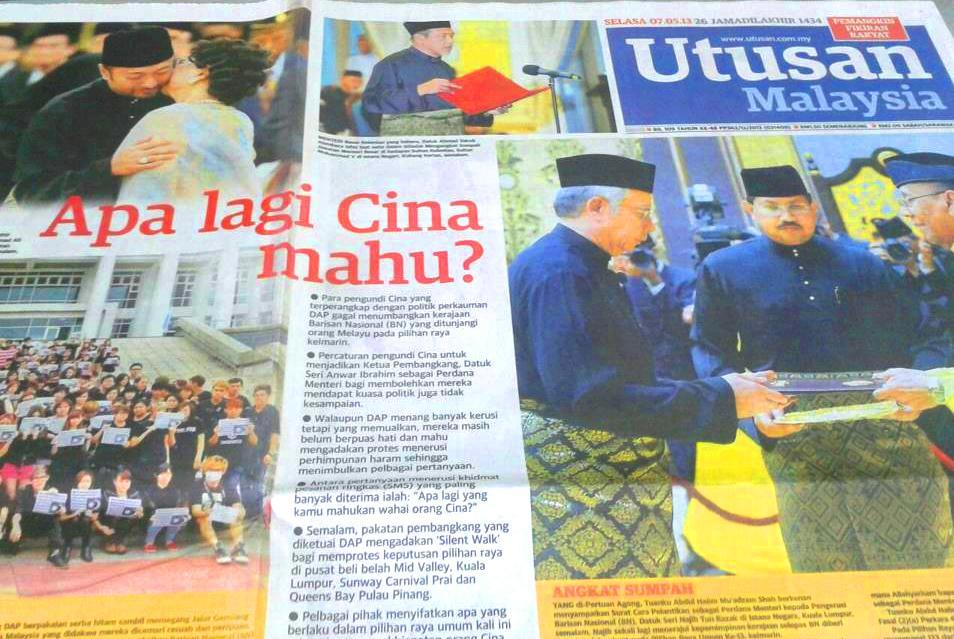
We’ve seen the headlines. The stereotype that the Chinese are greedy is not only perpetuated by Malaysians themselves, but it is also echoed by politicians. Faham lah, the three richest people in Malaysia currently are Chinese, but does that mean that all of them are greedy fiends? Well, according to the British back then, “Whenever money is to be acquired, there will be found the greedy Chinese.”
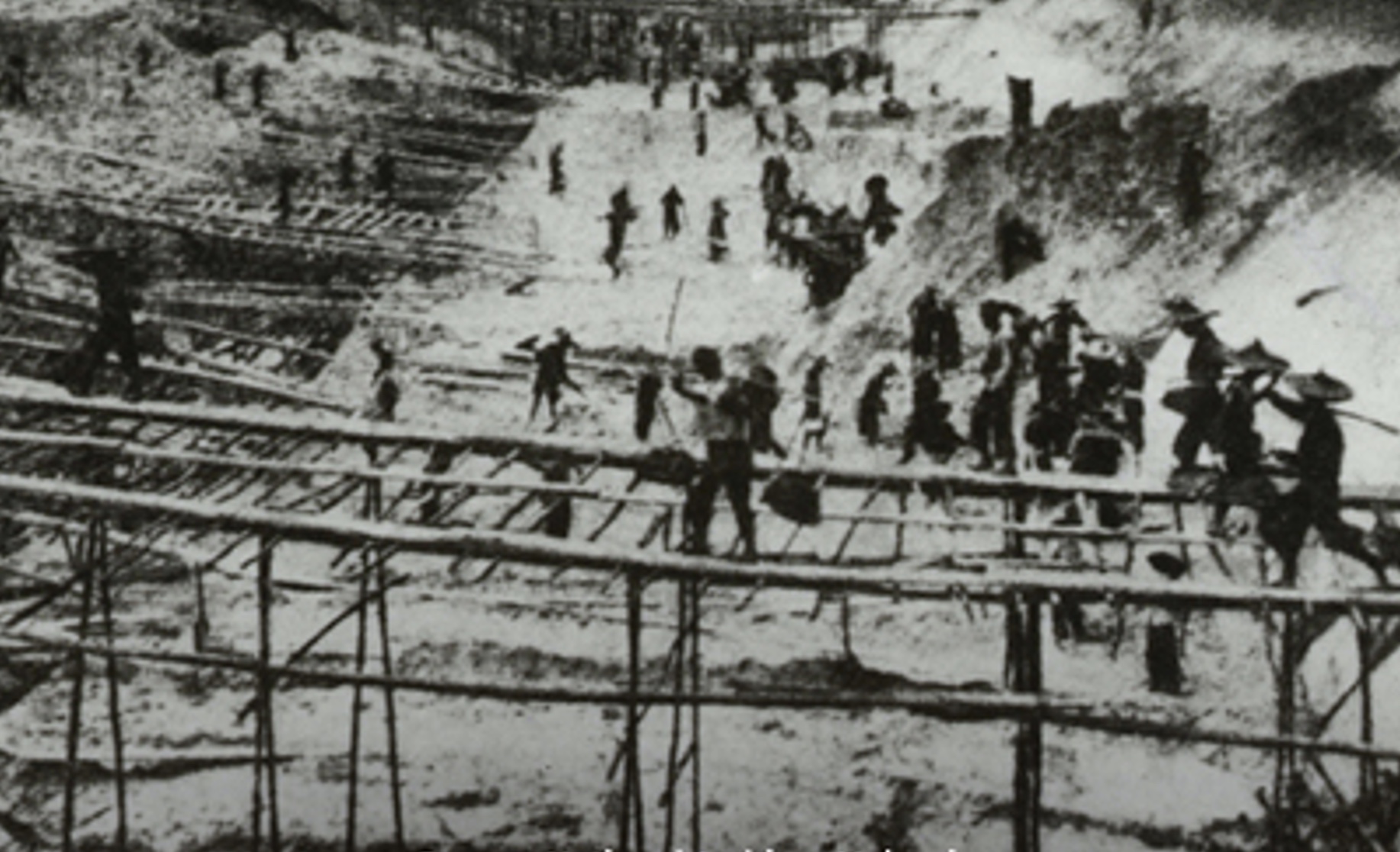
Let’s rewind to the 1800s when the Chinese were brought in as labourers under British Malaya. Back then, the Chinese were pros at tin mining, but they also had their hands in agriculture, handicrafts and basically anything that involved money. But the mother lode was definitely in mining, which consisted of tin, iron, ore or gold. While it was easy to generate income from this, the Chinese labourers would often times only live up 2 to 3 years upon starting work due to the harsh conditions. Knowing this, it made sense why they would grab every opportunity they could to make the most money.
Soon enough, the Chinese became so good at their jobs, they were rewarded with important roles like becoming middlemen between the British aristocrats and the poorer native groups. Making more money than the Indian and Malay labourers, they became the most sought out race by employers.
You’d think the British would be tickled to bits by how hardworking the Chinese were, but actually, they felt threatened. Because of the Chinese’s roles in finances, it gave the illusion that they had a larger control of the economy than they actually did. So, instead of seeing them as the hustlers they were, the Brits labelled them as greedy. They said,
“The character of the Chinese may be summed up in few words. They are active, industrious, persevering, intelligent, educated sufficiently to read, write, and to use the swampan or reckoning board.” – Political and Statistical Account of The British Settlements in The Straits of Malacca by T.J. Newbold
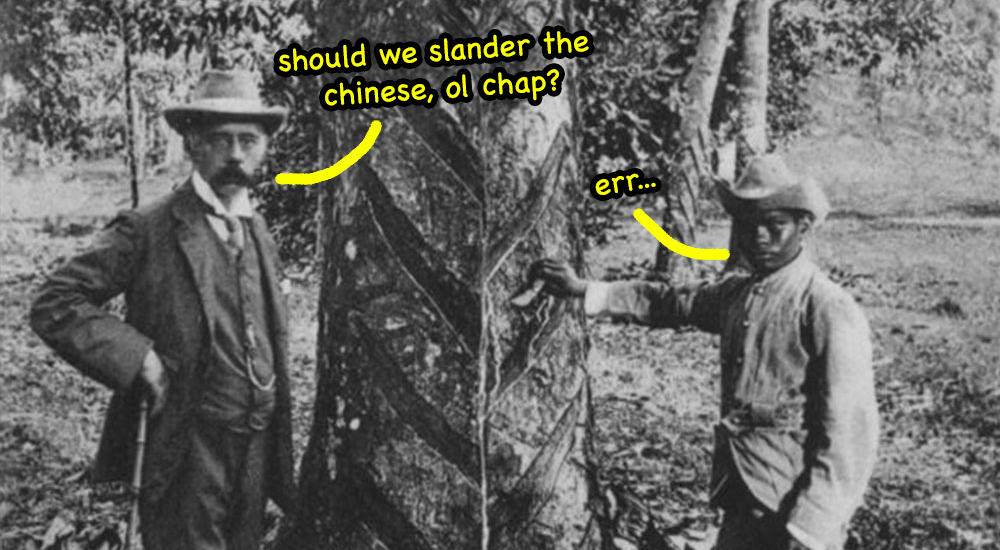
While that’s sweet as tea and scones, the Brits also said,
“On the other hand, they are selfish, sensual, ardent lovers of money, though not misers; inveterate gamblers, and often addicted to smoking opium. The Chinese will expose himself to all dangers for the sake of gain, though he would not stir a finger to save a drowning comrade.”
So, you force the Chinese to work to death but then get mad at them for actually doing it? And the thing is, working at the mines was made so competitive that the Chinese and Malays would fight over jobs. At one point, the same British people who called the Chinese greedy actually imported more Chinese labourers until the race’s population outnumbered the Malays.
But now that the Chinese were taking over the mining jobs, where does that leave the Malays?
Melayu malas, tahu minum kopi je
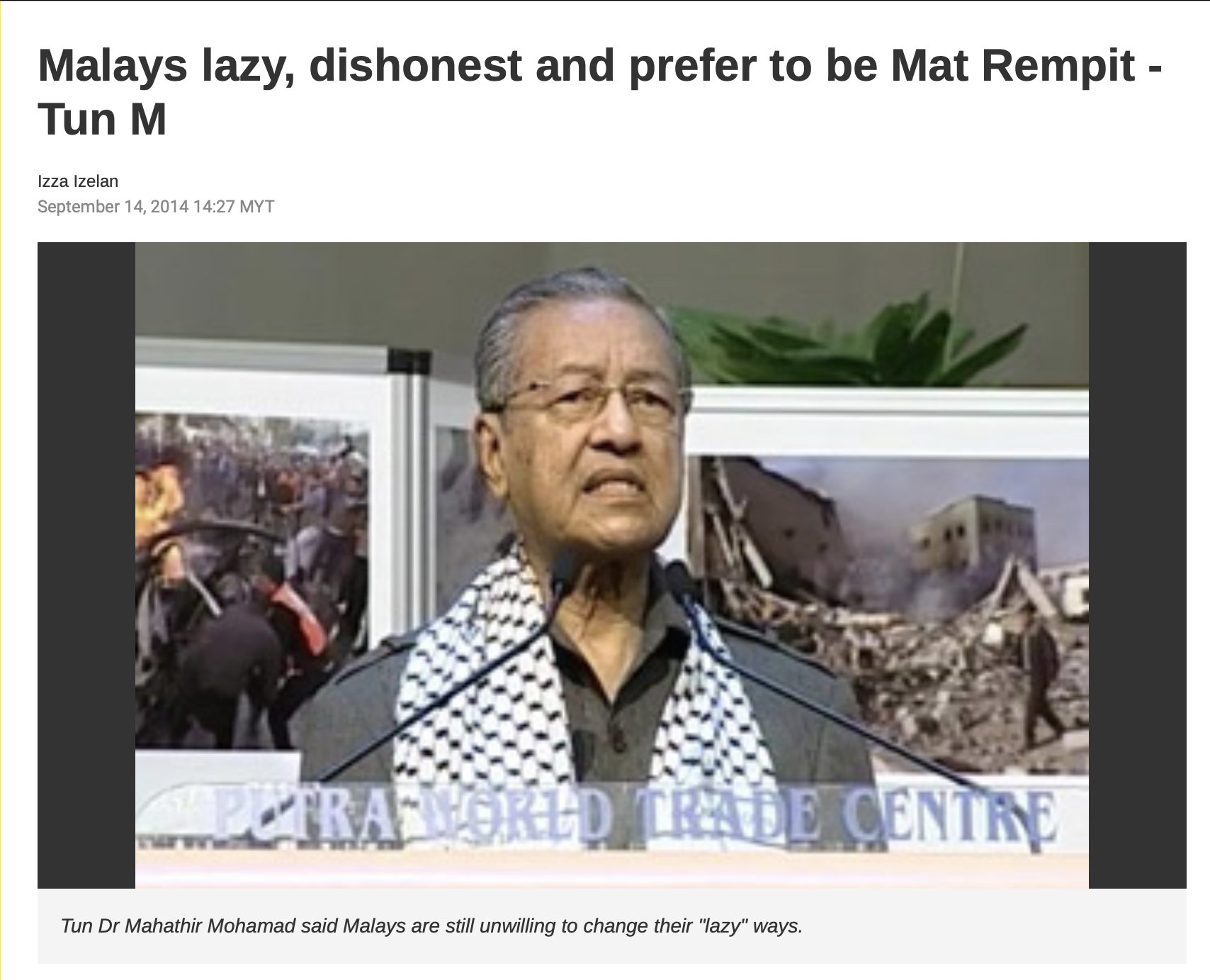
If Mahathir says Malays are lazy, it must be true kan? Since he’s been around since the cavemen discovered fire, he’s probably seen enough Malays goyang kaki to say this with such confidence… multiple times! Well, he isn’t the only one to think this. And frankly, Mahathir’s statements are tame compared to what the British said about the Malays. To give you an example, the British said,
“The intellect of the Malay race seems rather deficient. They are incapable of anything beyond the simplest combination of ideas and have little taste or energy for the acquirement of knowledge.” – The Malay Archipelago by Wallace A.R
Well, to our fellow Malay readers, this article is going to be a long one. So, try to keep up okay? No matter how hard it may be for you…

According to several newspaper clippings from the 1800s, the British were relentless when it came to trash talking the Malays. The funny thing is, Malays were often criticised for being lazy just because they enjoyed the kampung life. Often socialising amongst themselves with little to no regard for the ‘budaya kuning’, the Brits saw them as reluctant when it came to adapting to their ideals.
English writer and naturalist, Isabella Bird wrote,
“Malays were seen to be enjoying more of a leisure lifestyle, and spending most of the time engaging in pointless conversations with friends while having cups of coffee, instead of having any intention of doing something that would benefit their lives as well as giving efforts to change the Malay institution, family and even to change oneself.”
Actually, for the Malays, the issue was much deeper than just wanting to membawang over coffee. They outright rejected the idea of becoming slaves to the British or the local aristocrats. Since the Malays often worked around nature, they decided that the fruits of their labour should feed their families instead of their oppressors.
“It is no advantage to a man to cultivate a goodly piece of land, and raise crops that were not for his own eating, to grow fruits that were absorbed by the Sultan or chief and their numerous followings; or to become the possessor of buffaloes that might be seized any day to draw the properties of his lord.” – Perak and The Malays by McNair J.F
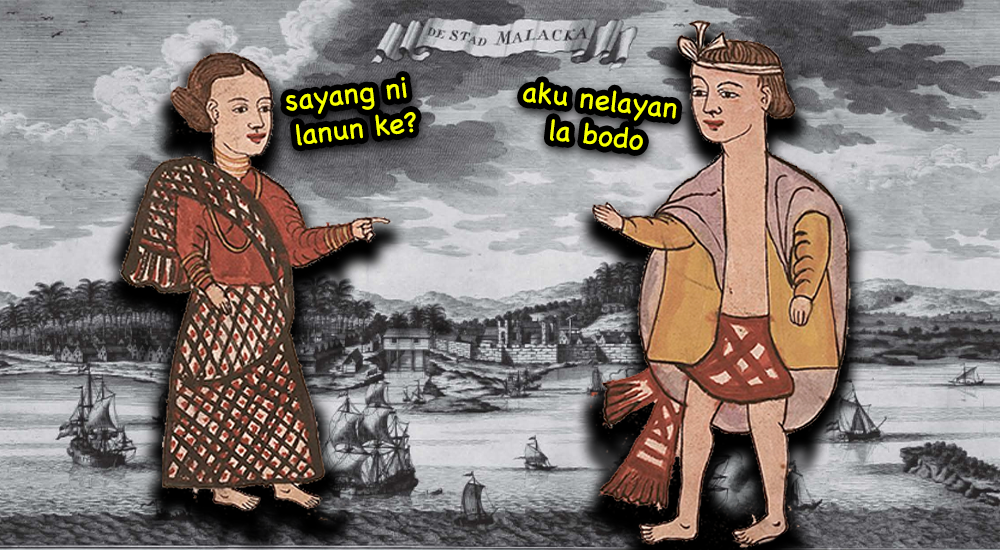
Regardless of that logic, the British came up with more fun names for the Malays. They also called them pirates. Since the race flaunted their honour and bravery through their rejection of Western imperialism, the fact that they also worked near the water was enough to associate them with piracy.
“Malays were associated with piracy to complete the laziness attitude. In line, with the Malayan Archipelago that had been long noted as the haunt of pirates, so much so that with many persons, a Malay and a pirate were synonymous terms. The natural formation of this region affords secure means to the rude and uncivilized inhabitants Malay people.” – The Singapore Free Press & Mercantile Advertiser
In the end, the British practically gave up reasoning with the Malays and essentially left them to loot ships and drink coffee. This was mainly because they were comfortable with another race who was doing the heavy lifting for them.
India kaki mabok
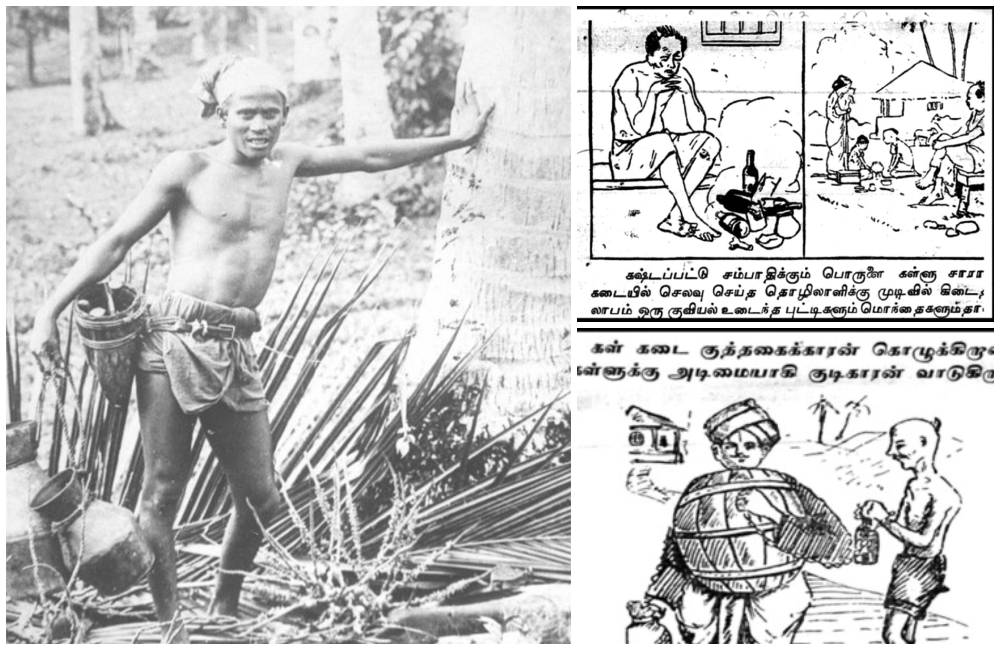
Translation for Image 1: Working hard and wasting money on alcohol is equivalent to broken bottles
Translation for Image 2: The tummy of the alcohol seller grows, but the tummy of the one who buys alcohol is small
Why is it that Indians are usually tied to drunkenness despite other races also indulging in alcohol? It’s true that their drinking culture spans all the way back to the 1700s. But actually, it was the British who exacerbated this habit. And the most sakit hati part is, not only did the British start this stereotype, they were the ones who encouraged it.
Cerita dia macam ni. The Indians were brought in as labourers through the Kangani system during the 1900s. Most of them worked in rubber estates and coconut plantations, but they would be severely underpaid. But when life gives you coconut palm, you make palm wine, also known as toddy. Many would think that this custom started in Malaysia, but it actually originated in India. However, the consumption of toddy drastically increased when they reached our country.
The drink was considered cheap and accessible since it required no processing. And since the Indians did low-wage, unskilled work, they needed something to look forward to at the end of their shifts. From there, the toddy culture started. Many labourers would get so drunk, they became rowdy. And now you might think, “Ha! Betul la stereotype tu!” But actually, this was all part of the British’s plan.
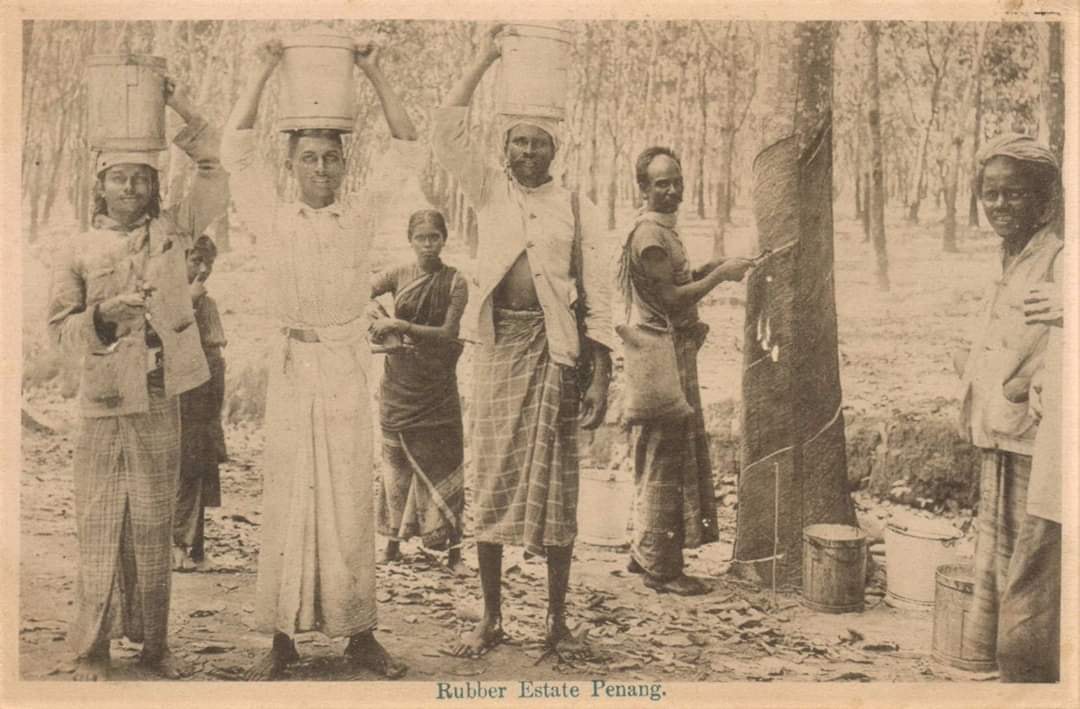
You see, the Brits didn’t like seeing the Indians loitering at the plantations. But their coloniser brains decided that for the sake of the country (re: British imperialism) it was better to let them drink themselves into oblivion. At least then they would be too drunk to think for themselves, making it easier to control them. And so, the character assassination started.
“In their personal habits, especially in the matter of defecation and the subsequent cleansing of the person, Tamils are the most primitive and insanitary, and it seems to be extremely difficult, if not impossible, to improve them.” – 1916 report by Dr. Malcolm Watson for the Planter’s Association of Malaya (PAM)
The Brits knew this plan would work because of how hard it was for the Indians to break the cycle.
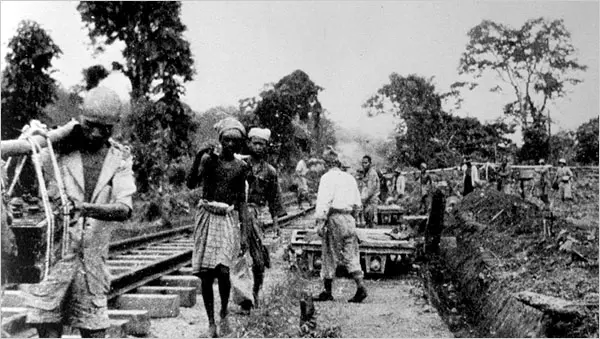
Since Indian labourers worked at plantations that were located in the hinterland, they were pretty much living in isolation. Because of that, there were no forms of transportation or communication, making it difficult for the Indians to find a way out. Some did try though by joining the Thai-Burma “Death Railway” project since it promised almost 3 times their regular wage in Malaysia. But as you can already tell from the name of the project itself, the cost of a better future actually cost them their lives. Hundreds of thousands of Indian labourers joined the project and an estimated 75,000 died.
Drinking was their way of escaping the hell they were in, but it also kept them docile and subservient to the British. With that, the only way to finally break free was to stop drinking. And that was when Thondar Padai was born.
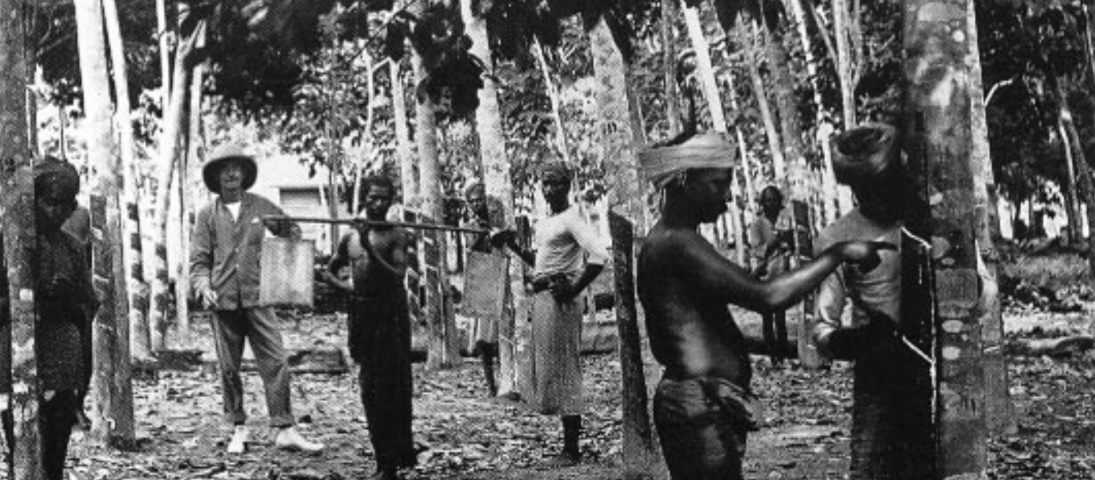
This movement, which later became the anti-toddy movement, was established in Kedah after World War 2 by A.M. Samy, who was an estate vehicle driver. It comprised labourers and schoolteachers and had over 1,000 members in Kedah. Even youths (who were older than 15) were encouraged to join. They would gather at temples to discuss ways of freeing themselves from the shackles of the British and while most of them were in agreement, there were a few sceptics.
The elders believed that taking away alcohol was robbing them of their way of life. To make matters worse, Thondar Padai also had strict punishments for those who were caught drinking. They would often tie offenders to trees for hours or haul them to the temple to swear an oath in front of their God to quit drinking. And while these things were harsh, the response from the British authority was worse.
source: Twitter / @VeshaNaidu
The Bedong Incident happened in 1947 where over 1,000 labourers, including women and children, marched and demanded the abolishment of toddy shops within the estates. It was a peaceful protest and one labourer even stood up to say, “We are not anti-government. We are only against the drinking of toddy.” It didn’t matter though since he was later clubbed to the ground by police. He ended up dying in the hospital with the report stating it was a “justifiable homicide.”
Outrage ensued but as soon as the Thondar Padai movement started gaining momentum, the British hatched a plan to suppress any and all forms of retaliation. They preferred the Indians before the war: Drunk and subservient. So, they decided to arrest A.M. Samy before exiling him to India. What happened next?
Well, after the mass incarceration and brutal death of a labourer, nobody dared to rebuke the British and the addiction towards toddy continued. But is all hope gone? Did we – Chinese, Malays and Indians – continue to remain victim to these stereotypes decades later?
Where are these racial stereotypes today?
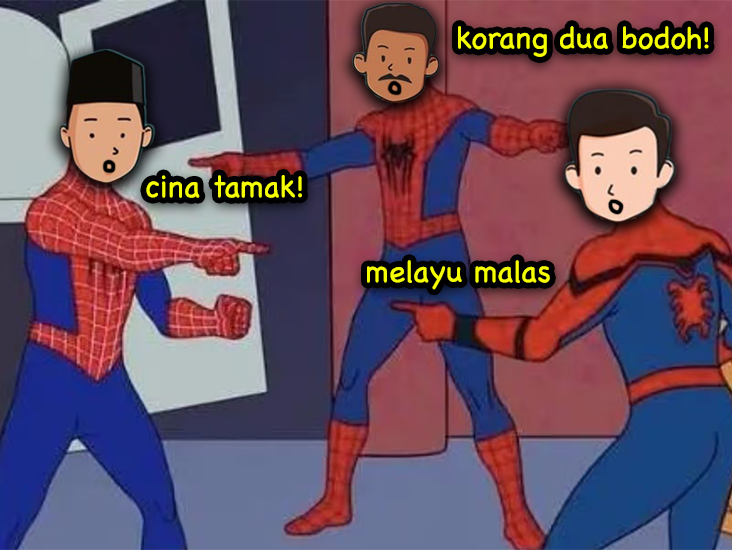
Other than the stray bald-headed mat sallehs who come to Malaysia looking for nasik lemarc, Malaysia has been freed from the shackles of the British. And yet, we still see these stereotypes in headlines and hear them from the mouths of fellow Malaysians. In fact, these microaggressions are so prevalent that we can even call it ‘Casual Racism.’
While the origins of racial stereotypes can be blamed on the British, its existence in modern society is completely our fault. People are robbed of opportunities for work, housing and overall common courtesy because Malaysians still feed into the ideas that were instilled by our colonisers.
There are numerous movies, ads and articles penned against racism, but we somehow still miss the point. Our enemy is not our next door neighbour but the vicious circumstances that pitted our ancestors against each other. And until we realise that and take the extra effort to make peace, we will never truly be free.
- 177Shares
- Facebook84
- Twitter10
- LinkedIn7
- Email13
- WhatsApp63

